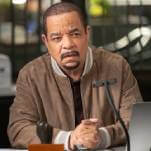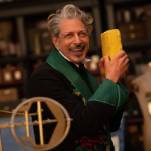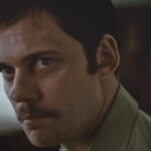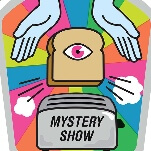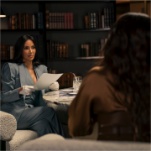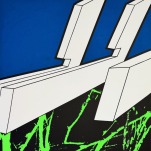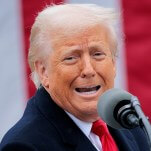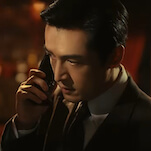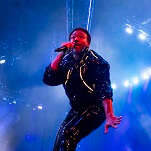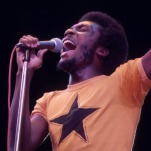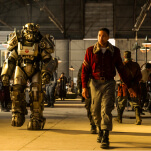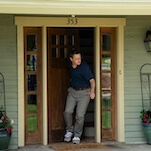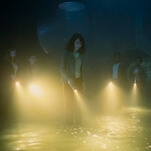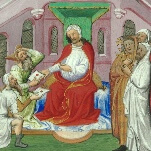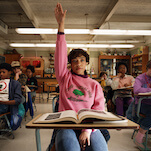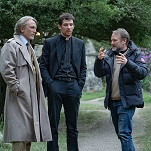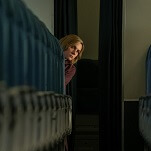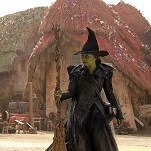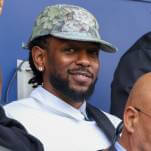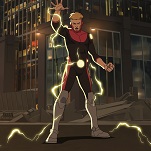In the same decade that featured the Kuchar brothers and Jack Smith riffing on B-movie clichés in cheerfully gamy underground films, future big-shot directors like Steven Spielberg were making straight-faced pulp in their backyards. And though one group was making certified art and the other just honing its chops for future blockbusters, they weren't really that far apart. The appeal of all DIY productions is their handmade quality, which can be so much more charming than movies that are technically superior but impersonal. The mainstreamers-in-training expressed something of themselves, even if it was only their geeky obsessions with spaceships and monsters.
Perhaps the most famous—or at least the most pedigreed—of the 1960s' backyard films is Equinox, directed by Academy Award-winning special-effects wizard Dennis Muren, and featuring behind-the-scenes work by a handful of other award-show perennials, including effects artists Dave Allen and Jim Danforth. In front of the camera: future WKRP In Cincinnati boob Frank Bonner, playing one of a quartet of college kids who, a decade before Sam Raimi's The Evil Dead, head out to a cabin in the woods and stumble across a dusty old manuscript that conjures demons.
The new DVD edition includes Muren and company's 1967 version (titled The Equinox… A Journey Into The Supernatural) and a 1970 theatrical release supervised by The Blob impresario Jack H. Harris, who kept the original's effects scenes and re-shot most of the surrounding material with the same cast (now three years older, and sporting different hairstyles). Both versions are fairly dopey, but the effects sequences—which combine stop-motion animation, rear projection, matte paintings, and monster costumes—still look impressive, even in their crudity. It's clear these guys had more ingenuity than resources, and watching Equinox is like a lesson in how to make something out of nothing.
There's even more to be learned from the DVD's commentary tracks, which has Harris and his hired-gun director Jack Woods talking about "the picture" like old-fashioned showmen, while Muren calls it "the show," in common effects-man parlance. And then there's Danforth and writer Mark Thomas McGee, reflecting nostalgically on their schoolboy ambitions, and what they know they did wrong. During a too-brief fight scene, McGee says, "We should've had them fight for five minutes. We had them talk for 18." Now that's a useful moviemaking tip.
Key features: The commentary tracks, plus a second disc of reminiscences and ephemera, including a short film and a commercial by the late Dave Allen.

